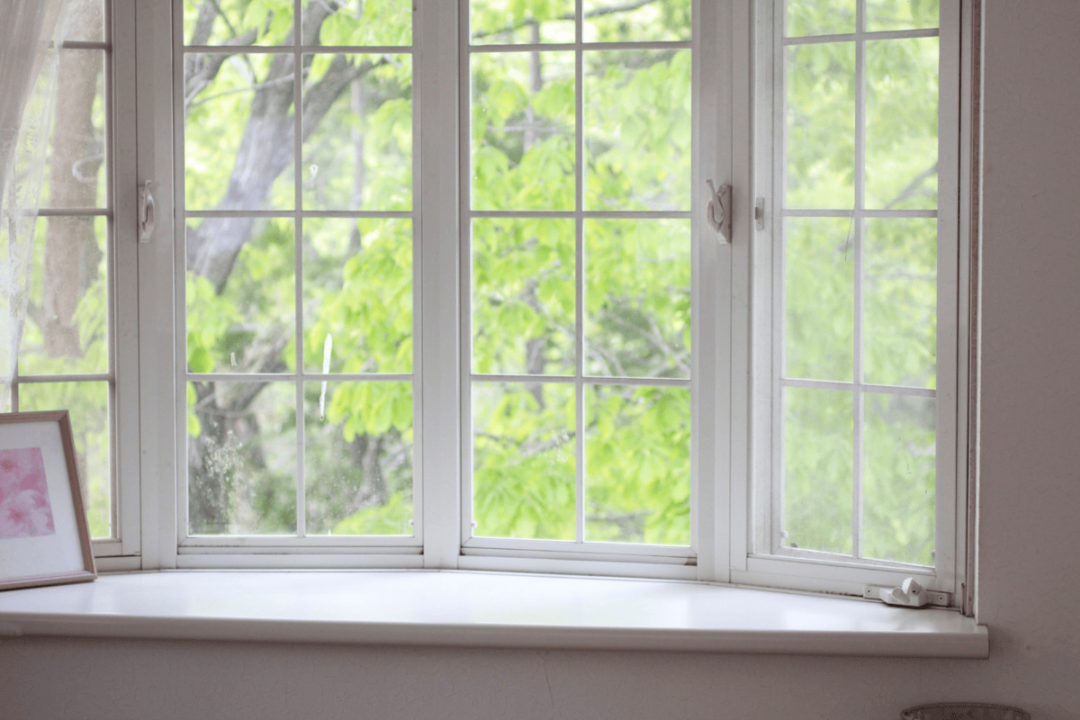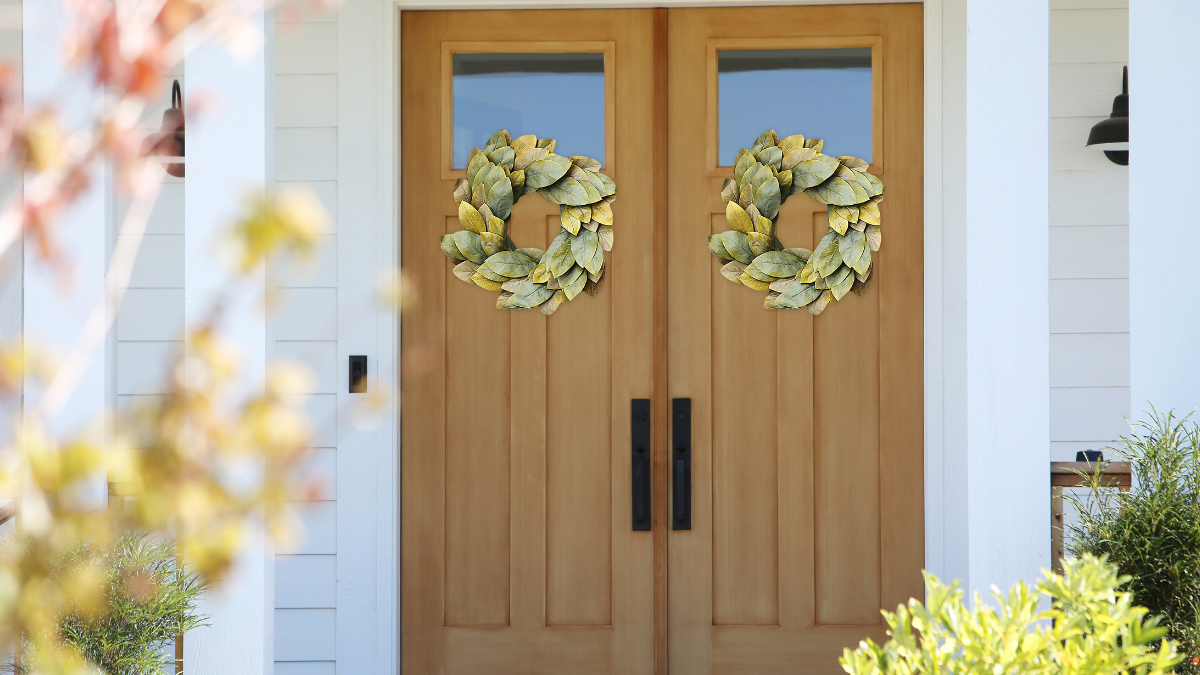Imagine sitting down for a meal bathed in natural light, the soft breeze flowing through the room, and an unobstructed view of your garden or cityscape. The right windows can transform your dining room from a simple eating space into a warm, inviting atmosphere where memories are made. But with so many options out there, how do you choose the best windows for your dining room?
Thermal King Windows has helped thousands of Olathe and Kansas City homeowners navigate their window replacement. In article, we’ll explain how to find the perfect windows for your dining room.
Why Window Choice Matters in Dining Rooms
The dining room is more than just a place to eat. It’s where families gather, friends catch up, and celebrations happen. The windows you choose affect not only the aesthetics but also the mood, comfort, and functionality of the space.
Natural light plays a huge role in setting the ambiance. Too little light can make the room feel cramped and gloomy, while too much can cause glare and heat buildup. Windows also impact ventilation, energy efficiency, and even noise levels, all crucial for a comfortable dining experience.
When selecting windows, consider the style and size that best complement your dining room’s design. Large picture windows can create a stunning focal point, offering expansive views of the outdoors and allowing ample sunlight to flood the room. Alternatively, smaller, strategically placed windows can create a cozy atmosphere while still providing necessary light and ventilation. Additionally, the choice of window treatments, such as sheer curtains or wooden blinds, can enhance privacy and control light levels, allowing you to tailor the space to suit different occasions, whether it’s an intimate dinner or a lively gathering.
Moreover, the materials used in window construction can significantly influence the overall energy efficiency of your dining room. Double or triple-glazed windows, for instance, provide better insulation, keeping the room warm in winter and cool in summer, which can lead to lower energy bills. Furthermore, the orientation of your windows can maximize passive solar heating, harnessing the sun’s energy to maintain a comfortable temperature throughout the day. This thoughtful approach to window selection not only contributes to a more pleasant dining experience but also aligns with sustainable living practices, making your home more environmentally friendly.
Popular Window Styles for Dining Rooms
When selecting windows, style and function go hand in hand. Here are some of the most popular window types that work well in dining rooms, with their pros and cons.
Casement Windows
Casement windows hinge on the side and open outward like a door. They offer excellent ventilation because they can be fully opened, allowing fresh air to flow directly into the room. This makes them ideal for dining rooms, especially if you enjoy opening windows during meals or gatherings.
They also provide unobstructed views since they don’t have a center sash. With tight seals when closed, casement windows are energy efficient and help keep drafts out. Their classic look fits well with both traditional and modern dining room designs. Additionally, casement windows can be customized with various finishes and hardware options, allowing homeowners to match them perfectly with their interior decor. Their ability to be installed in hard-to-reach places also makes them a versatile choice, ensuring that every corner of your dining room can benefit from natural light and fresh air.
Double-Hung Windows
Double-hung windows feature two sashes that slide vertically, allowing you to open either the top, bottom, or both. This flexibility is great for controlling airflow—open the top sash to let warm air escape while cooler air enters through the bottom.
They’re easy to clean, especially models with tilt-in sashes, and their timeless style complements many home aesthetics. However, the horizontal sash bars can slightly obstruct views, which might be a consideration if you want a clear outlook. Moreover, double-hung windows are available in a variety of materials, including wood, vinyl, and fiberglass, providing options for durability and maintenance preferences. Their traditional charm can also enhance the character of a dining room, making it feel warm and inviting, especially when adorned with window treatments that match the overall theme of the space.
Picture Windows
Picture windows are large, fixed panes that don’t open but offer expansive, unobstructed views. They’re perfect if your dining room overlooks a beautiful landscape or garden and you want to maximize natural light.
While they don’t provide ventilation, pairing picture windows with operable windows nearby can solve this. Their sleek, modern look can make your dining space feel more open and connected to the outdoors. Furthermore, picture windows can be designed in various shapes and sizes, allowing for creative architectural designs that can serve as a stunning focal point in your dining area. Adding decorative trim or custom framing can further enhance their aesthetic appeal, making them not just a source of light but also a statement piece in your home.
Bay and Bow Windows
Bay and bow windows extend outward from the wall, creating a cozy nook or extra seating area in the dining room. They flood the space with light from multiple angles and add architectural interest.
These windows are perfect if you want a unique focal point or a spot for plants and decorative items. They also increase the room’s square footage slightly, which can make a small dining area feel larger. Additionally, the alcove created by bay and bow windows can be utilized for various purposes, such as a reading corner or a small breakfast nook, enhancing the functionality of your dining space. With the right cushions and decor, this area can become a beloved spot for family gatherings or quiet moments, making your dining room not just a place for meals, but a multifunctional space for relaxation and enjoyment.
Sliding Windows
Sliding windows open horizontally by sliding one sash over the other. They’re easy to operate and provide wide openings for ventilation. Their clean lines suit contemporary dining rooms well.
While they don’t open as wide as casement windows, they’re low maintenance and offer good views. Keep in mind that one side of the window will always be fixed, which might limit airflow slightly. However, sliding windows can be an excellent choice for homes with limited exterior space, as they don’t require additional clearance for opening. Their sleek design can also be complemented by modern window treatments, such as sheer curtains or blinds, which can enhance privacy while still allowing natural light to filter through. In addition, sliding windows can be designed with energy-efficient glass options, contributing to better insulation and lower energy costs, making them a practical choice for any dining room setting.
Key Features to Look for in Dining Room Windows
Beyond style, certain features can make a big difference in how well your dining room windows perform.
Energy Efficiency
Dining rooms often face large windows, which can lead to heat loss in winter or heat gain in summer. Look for double or triple-pane glass with low-emissivity (Low-E) coatings. These help regulate indoor temperatures, reduce energy bills, and protect your furniture and flooring from UV damage.
Proper insulation around the window frame and weatherstripping also prevent drafts, making your dining room more comfortable year-round.
Ventilation Control
Good ventilation helps keep the air fresh, especially important in a dining room where cooking smells can linger. Windows that open wide or offer multiple opening options give you control over airflow.
Consider windows with screens to keep insects out while letting air in. Some modern windows even offer built-in ventilation systems that allow airflow without fully opening the window.
Privacy and Light Control
Depending on your dining room’s location, privacy might be a concern. Frosted glass or textured panes can obscure views without sacrificing light. Alternatively, consider window treatments like blinds or shades that can be adjusted as needed.
Windows with built-in tinting or smart glass technology can also control glare and brightness, enhancing comfort during daytime meals.
Durability and Maintenance
Dining room windows should be easy to clean and maintain since they’re often in a high-traffic area. Materials like vinyl and fiberglass are low maintenance and resist warping or fading.
Wood windows offer warmth and character but require regular upkeep to prevent rot or damage. Aluminum frames are strong and sleek but can conduct heat, so look for thermal breaks if you choose metal.
Matching Windows to Dining Room Design
The best windows for your dining room will complement the room’s style and enhance its overall look.
Traditional Dining Rooms
For classic or traditional dining rooms, double-hung or casement windows with divided light grids add charm and character. Warm wood frames or painted finishes can tie in with cabinetry and furniture.
Modern and Contemporary Spaces
Picture windows or large sliding windows with minimal frames suit modern dining rooms. Clean lines and expansive glass create an open, airy feel. Black or metallic frames add a sleek, industrial touch.
Rustic and Farmhouse Styles
Bay or bow windows with wood frames bring a cozy, inviting vibe to rustic dining rooms. Casement windows with vintage hardware can also enhance the farmhouse aesthetic.
Small Dining Rooms
In compact spaces, maximizing light and views is key. Large picture windows or sliding windows can make the room feel bigger. Avoid heavy grids or mullions that break up the glass and create visual clutter.
Practical Tips for Choosing Dining Room Windows
Before making a final decision, keep these practical considerations in mind.
Consider the View
Think about what you want to see from your dining room. If you have a beautiful garden or skyline, opt for windows that maximize visibility. If privacy is a concern, choose styles that allow for treatments or frosted glass.
Think About Window Placement
Windows placed at eye level provide the best views and natural light. Avoid placing windows too high or too low, which can make the room feel disconnected from the outdoors.
Balance Light and Heat
South-facing windows bring in lots of light but can cause overheating. East- or west-facing windows provide morning or afternoon sun without the intense midday heat. Use shading solutions like awnings or curtains to manage sunlight.
Match Window Size to Room Scale
Oversized windows can overwhelm a small dining room, while tiny windows might make a large space feel dark and cramped. Aim for a size that balances proportion and function.
Installation and Professional Advice
Window installation is a job best left to professionals. Proper fitting ensures energy efficiency, prevents leaks, and guarantees smooth operation. Many window manufacturers offer warranties that depend on professional installation.
Consult with a window specialist or interior designer to explore options tailored to your dining room’s layout, lighting, and style. They can help you navigate technical details like glass types, frame materials, and energy ratings.
Final Thoughts
Choosing the best windows for your dining room involves balancing style, function, and comfort. Casement and double-hung windows offer great ventilation and classic appeal, while picture and bay windows maximize light and views. Energy efficiency, maintenance, and design harmony are equally important.
Investing in the right windows can elevate your dining experience, making every meal a little brighter and every gathering a little more special. If you’re ready to replace your windows, contact the experts at Thermal King today for a free consultation!




